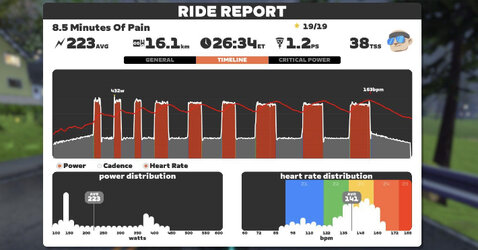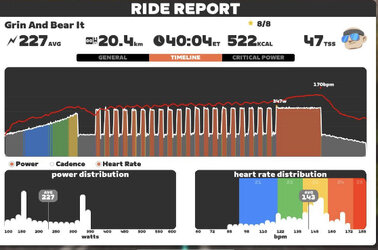I don’t have enough training years to know. I’d say the last 18 months is the first time I’ve been really disciplined with structured training over more than just a few weeks or months. I have seen that increased volume is what shifts the needle for me, and pyramidal is the structure that best engages me and keeps me consistent longer term.
I ride long distance brevets and the durations are long, 5 hours, 13 hours, 27 hours, 40, hours, 96 hours, 120 hours, 210 hours etc. You’ve got to do a certain amount of long duration outings if you believe in specificity, as well as practising pacing, fuelling and hydration strategies. Managing multi day events needs different and additional approaches and strategies to events you can complete in less than a day.
My pace over brevet durations has gone up, and not insignificantly. How much more I can increase it is an intriguing question. Each year you have a limit as to how much you can improve, and if you do things right then in theory you can improve on that again the following year. Most of us have never hit (or got near) our genetic potential, and thus there is always room to improve each year if you have the time and motivation and right kind of structure in your plan.
I’ll also say I don’t chase CTL, it’s just something I observe. I have been following progressive overload and recovery. Once I’m doing the max volume and mix of intensity I’m prepared to do, and can recover from, then CTL will peak then plateau, and if I’ve timed it right a few weeks before my main event. Then I can taper, go into my main event, recover then move into my transition / chill part of the season.
Thus I doubt I’ll go above a CTL of 120 next season, but that I may be able to apply progressive overload at a lower ramp rate, reducing the likelihood of injury or overtraining on the way.
Great analysis, thanks.


